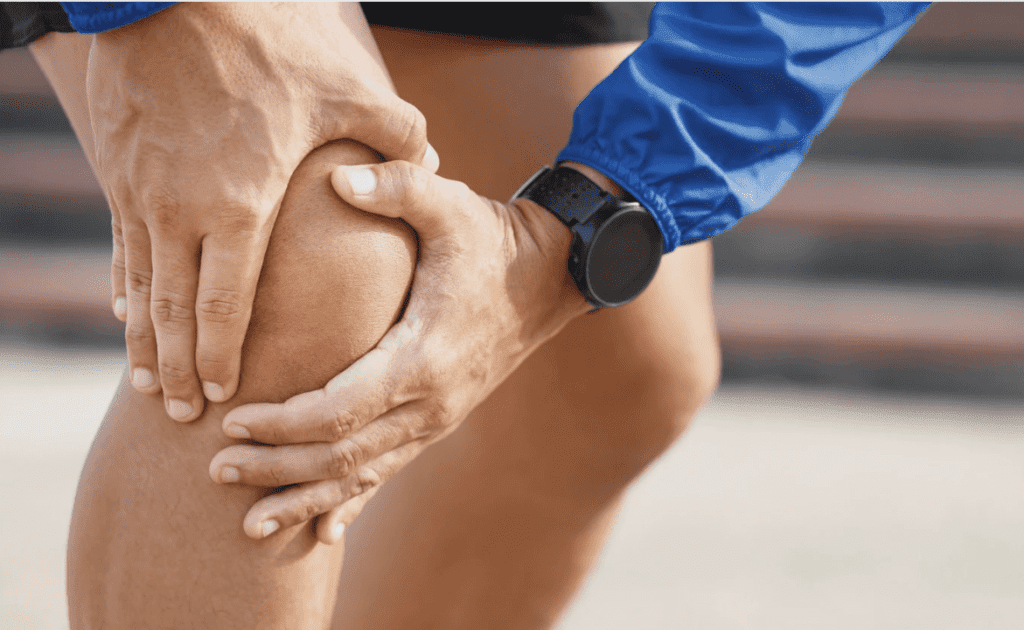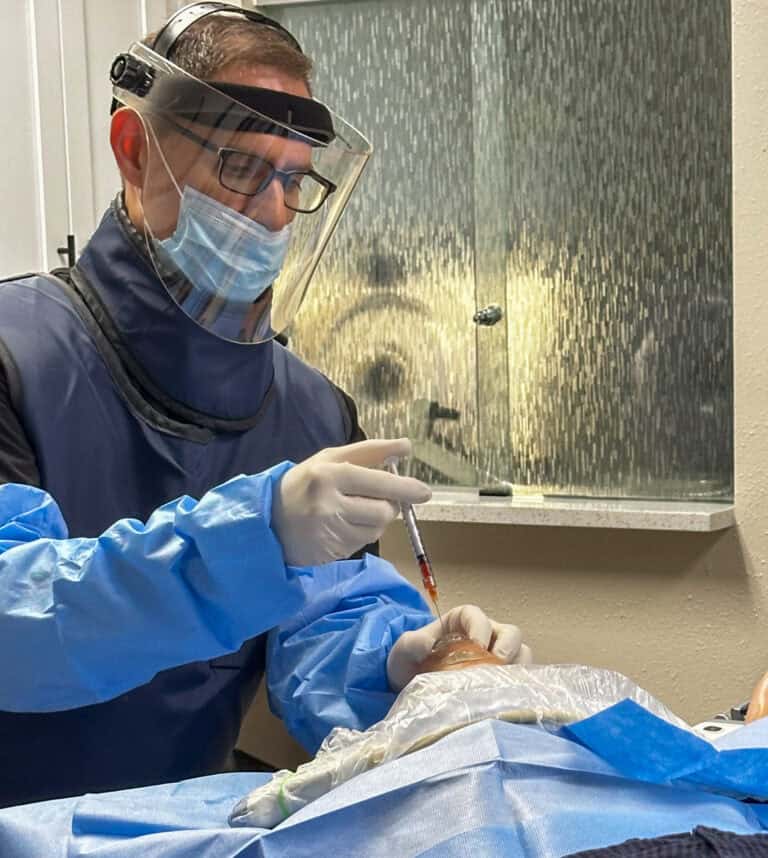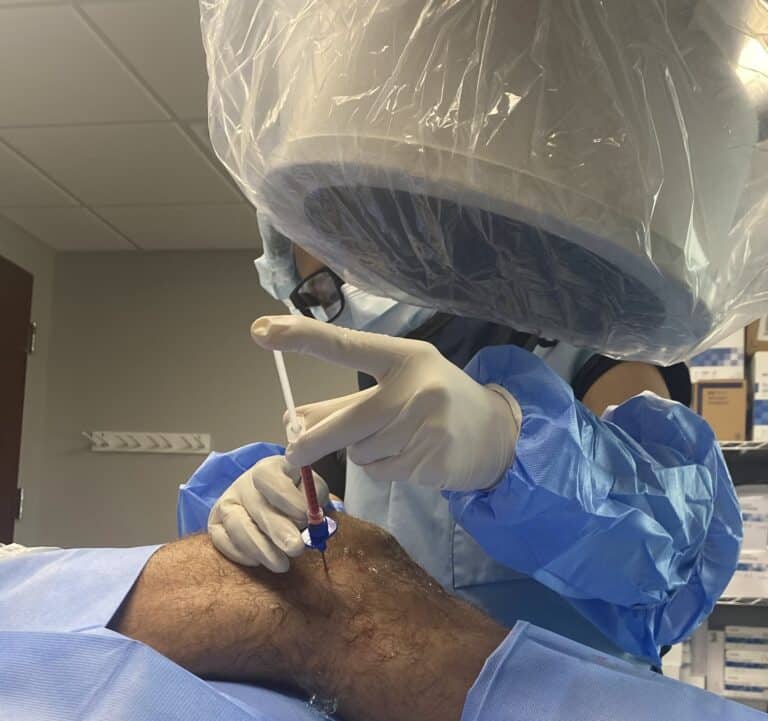By: Dr. Emeka Ajufo
Patellar tendinopathy is a chronic and debilitating injury that is often experienced by athletes. Especially athletes involved in repetitive jumping motions. The primary conservative treatment for this condition is therapeutic exercises. However, some patients with patellar tendinopathy may be unable to tolerate the loading that occurs during exercise due to pain. One way to overcome this hurdle is through the use of blood flow restriction (BFR) therapy for patients with patellar tendinopathy.
This modality of training may allow the athletes to achieve similar positive physiological effects on their tendons as heavy load training while using lighter loads.
BFR is a stimulus commonly applied with specialized pressure cuffs placed at the top of a limb which is inflated to a set pressure throughout the exercise. The pressure applied should be high enough to occlude venous return from the muscle but low enough to maintain arterial inflow into the muscle. Due to the differences in sizes and materials of the devices on the market the amount of pressure to achieve this varies. However in general with higher-end devices a limb occlusion pressure of 80% is ideal.
There are several proposed mechanisms for the strength gains observed during BFR training which include the accumulation of metabolites, growth hormone release, cellular swelling, and mammalian target of rapamycin complex 1 activation. Several authors have demonstrated increases in cross-sectional area and strength of quadricep muscles while performing exercises with BFR at low loads.
Patellar Tendinopathy Protocol
For a foundation to a protocol, we have a study published in the international journal of physical therapy of two NCAA decathletes with a history of knee pain on their left.. During a physical exam, both patients were found to have VISA-P scores less than 80, have pain during palpation of the patellar tendon, left-sided lower extremity weakness, and thickened tendons on the left visualized under ultrasound.
Below is the 12-week BFR exercise protocol that was used. A Delfi unit was used at 80% LOP with a set/rep scheme of 30/15/15/15 for the single-leg leg press and single-leg squat.
During the exercise, athletes were instructed to take two seconds to complete the concentric and two seconds to complete the eccentric phases of the exercise. They performed four sets (30/15/15/15 repetitions per set) and they were performed with the LOP on the BFR device set at 80 percent on a Delfi unit.
Between each set, the athletes had 30 seconds of rest. Thirty-second rest periods were allowed between each set. After completing the final set, the subject would maintain limb occlusion for approximately another two and a half minutes to bring the total time of limb occlusion to eight minutes.
At the conclusion of the study the results displayed improvements in strength (both proximally and distally to the cuff), single-leg hop testing, single-leg squat testing, pain perception (VAS), and VISA-P score.
These results are quite promising as they present a modality for the treatment of tendinopathy that can be done safely and lead to an improvement of function and strength in patients.
If you have a similar injury or have any questions about Regenexx procedures click the link below!
Source:
Cuddeford, T., & Brumitt, J. (2020). In-Season Rehabilitation Program Using Blood Flow Restriction Therapy for Two Decathletes With Patellar Tendinopathy: A Case Report. International journal of sports physical therapy, 15(6), 1184–1195. https://doi.org/10.26603/ijspt20201184









